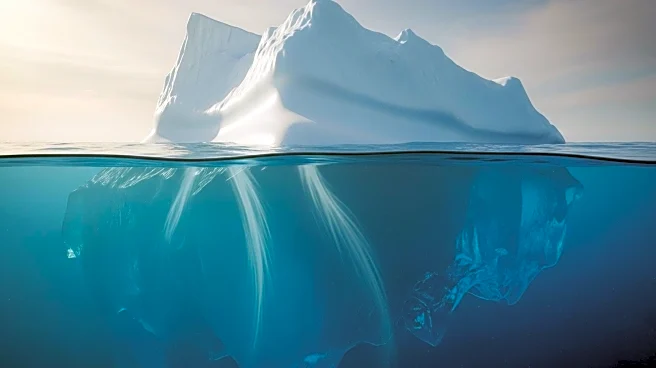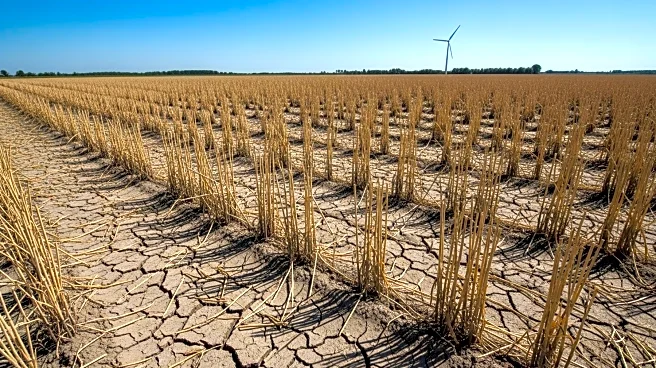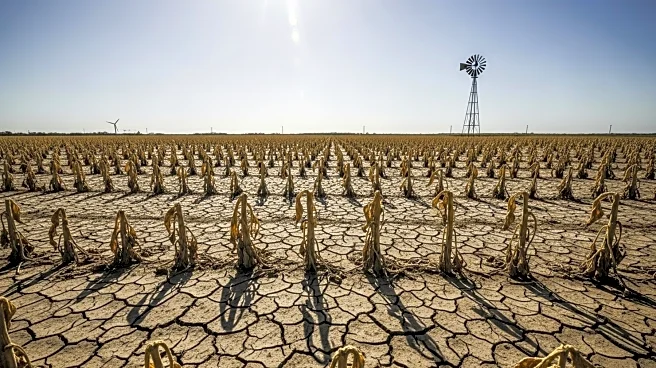What's Happening?
The future of sea level rise beyond 2050 remains uncertain, as scientists grapple with predicting the extent of ocean changes due to climate change. According to NPR's climate correspondent Rebecca Hersher, while projections up to 2050 are relatively clear, the variability in regional impacts and the potential for accelerated ice melt contribute to the uncertainty. This issue is part of NPR's Nature Quest series, which explores environmental changes and their implications. The National Oceanic and Atmospheric Administration (NOAA) provides tools like the Sea Level Rise Viewer to help communities understand potential future impacts.
Why It's Important?
Understanding sea level rise is critical for coastal communities, policymakers, and environmental planners. Rising sea levels pose significant risks to infrastructure, ecosystems, and human populations, particularly in low-lying areas. Accurate projections are essential for developing effective adaptation and mitigation strategies to protect vulnerable regions. The uncertainty surrounding post-2050 sea level rise highlights the need for continued research and monitoring to inform decision-making. As climate change progresses, addressing these challenges will be vital for ensuring the resilience and sustainability of coastal areas.
What's Next?
Scientists and researchers will continue to refine models and gather data to improve sea level rise projections. Policymakers may need to prioritize investments in coastal protection and adaptation measures to mitigate potential impacts. Public awareness and engagement will be crucial in driving action and support for climate resilience initiatives. As new information becomes available, communities will need to adapt their strategies to address evolving risks and opportunities. Collaboration between governments, scientists, and stakeholders will be essential in developing comprehensive solutions to address the challenges posed by sea level rise.











